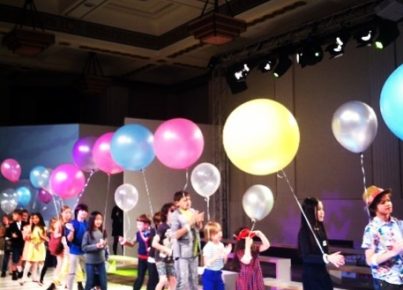While traditional subjects like math and science often take center stage, a growing chorus of educators is singing the praises of arts education. Teachers across the country are reporting that the creative disciplines – music, drama, visual arts, dance – are not simply extracurricular activities, but vital components of a well-rounded education that fosters success in all aspects of life.
The benefits of arts education extend beyond the classroom. Teachers observe that students engaged in the arts develop essential life skills, such as critical thinking, problem-solving, and communication. The process of creating art, whether through painting, playing an instrument, or acting, encourages creativity, imagination, and self-expression. This fosters confidence and resilience, allowing students to navigate challenges with more resourcefulness.
Furthermore, arts education cultivates collaboration and teamwork. Whether it’s composing a piece of music with classmates or performing in a play, students learn to work together, compromise, and support each other. This collaborative experience translates into more effective communication and stronger interpersonal relationships.
Ultimately, teachers see arts education as a catalyst for a more holistic and enriching learning experience. It allows students to connect with their emotions, explore their individuality, and develop skills that will serve them long after graduation. In an increasingly complex world, arts education empowers students to be not just successful learners, but well-rounded individuals equipped to thrive in all aspects of life.





